What an odd year it’s been in the world of cellular. The more I get around to thinking about it, the more I realize that this will go down as one of the strangest years in the history of cell phones.
5G was the story, but the devil is in the details
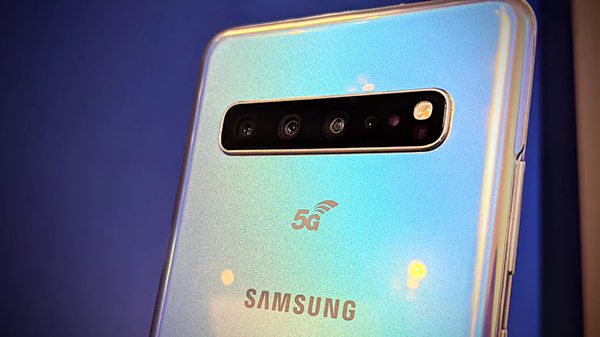
2019 started with both AT&T and Verizon rolling out 5G in a few key cities. Not a lot of hardware could actually support those speeds, though, and that continues to be the truth at the end of the year. Samsung has a 5G phone, but Apple still doesn’t. Not that you should be surprised; Apple’s rarely first with new cellular technologies.
My mid-year, AT&T had 20 cities covered with 5G service as well as a phone you actually want. We’ll see more 5G hardware and 5G cities throughout 2020, but before we leave the year behind there are a few trends to consider
5G Evolution: What’s in a name:
At the beginning of the year, AT&T started rolling its “5G Evolution” coverage to the country. No, it’s not real 5G. It’s more like LTE with some extra bells and whistles. But while others made fun of the name, I told you all that I don’t care. If I can get 100 megabits per second in the middle of the desert with just my cell phone, I don’t care what they call it. I say, bring it on.
What if they gave a 5G party and no one came?
Toward the end of the year, T-Mobile made a big fuss about rolling out its 600MHz 5G coverage. The only issue, the thing that didn’t make the commercials, is that they don’t actually have a 5G phone. The network is live and that’s great. Hopefully they’ll have a phone soon that actually works with it. Until then it’s really just a big pink marketing stunt.
Millimeter-wave 5G
Of course the “holy grail” is millimeter wave 5G. This is 5G on really high frequencies. This will give plenty of room for data connections, but it’s going to require a lot more towers. That wasn’t really part of the story in 2019.
iPhone 11: The ugly phone that everyone bought anyway
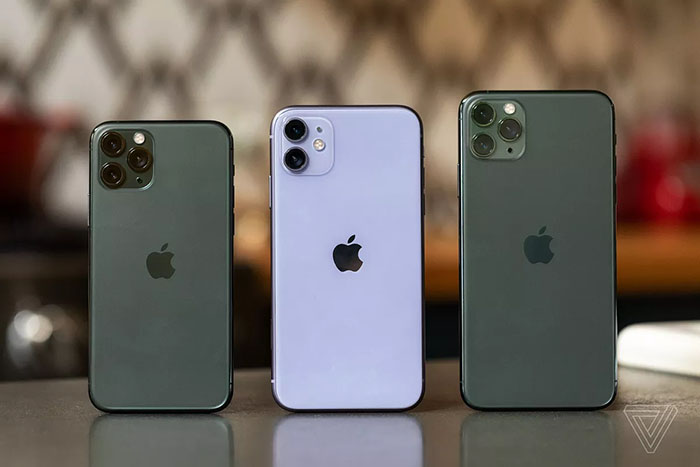
Image courtesy of The Verge
I flat out railed against the iPhone 11 when it came out. It’s practically slathered in cameras and it’s ridiculously expensive. And then I admitted I was buying one anyway. The back of the phone’s ugly. The colors are weird. It’s not much of an upgrade from the last generation. And yet people are buying them like crazy. Why? Well for one thing the base-level iPhone 11 is being discounted left and right. If you don’t believe me, call Solid Signal at 888-233-7563. Depending on when you read this they may have a really good deal for you. So price isn’t as much of an issue as I thought.
Another thing is Apple’s smart upgrade program where you just get to trade your phone in every year no matter what. Can’t beat that, because everyone wants a new phone.
Flop of the year: folding phones
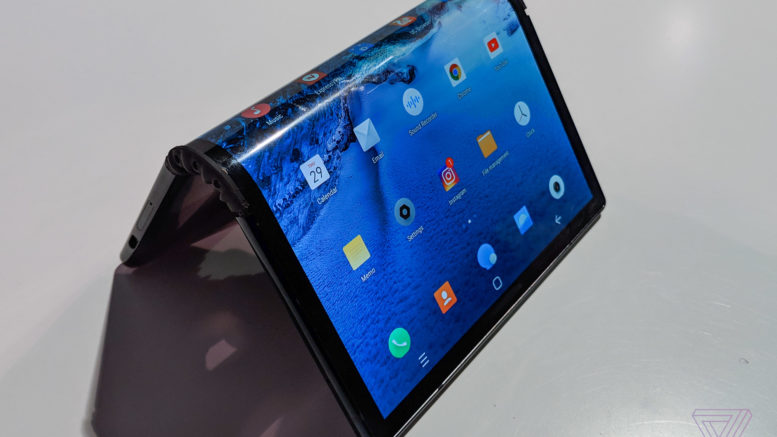
This year’s CES show gave us a hands-on look at a real foldable phone. And then the phone disappeared and no one has heard from the company since. Talk about vaporware.
What we did hear about was Samsung’s Galaxy Fold, which turned out to be the hands down flop of the year, possibly of the decade. Review units broke almost instantly and Samsung had to refund a lot of deposits when they had to admit they didn’t know when it would come out. A revised version finally did hit the streets but the damage was done. The public’s attitude about folding phones was as broken as the phones themselves.
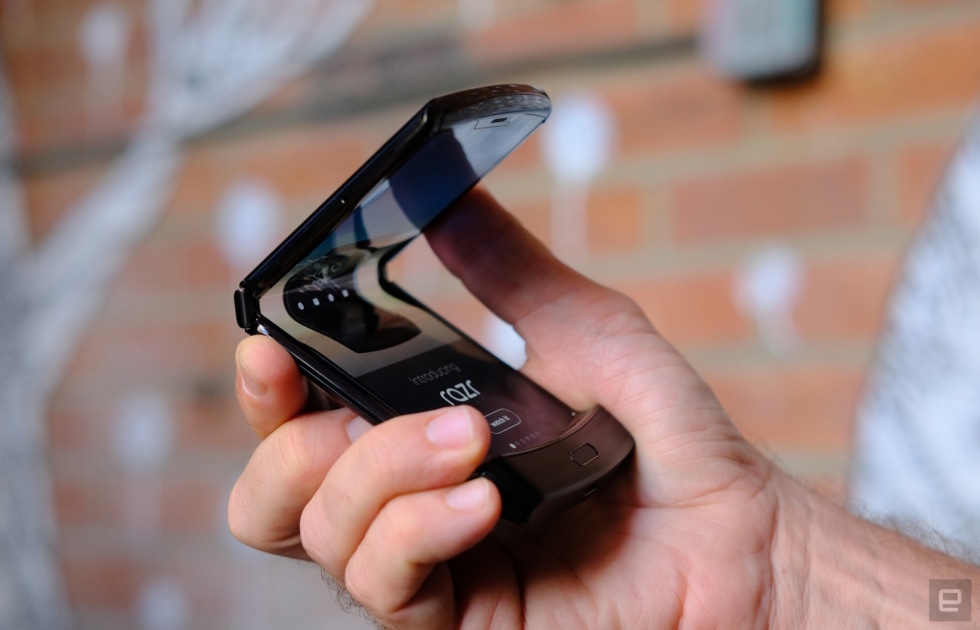
Image courtesy of Engadget
Motorola came late in the game with a very intriguing concept: a flip phone that was a folding phone. I think it won’t really make a big splash since its nostalgia hides a lot of subpar specs, but it sure looks cool.
Our big story: New cell boosters
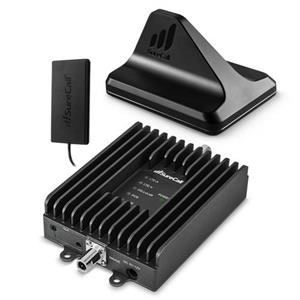
Surecall really lit up the world with its Fusion2Go Max, a new booster that offers better performance for your vehicle than any other booster we’ve tested. But, weBoost wasn’t having any of it.
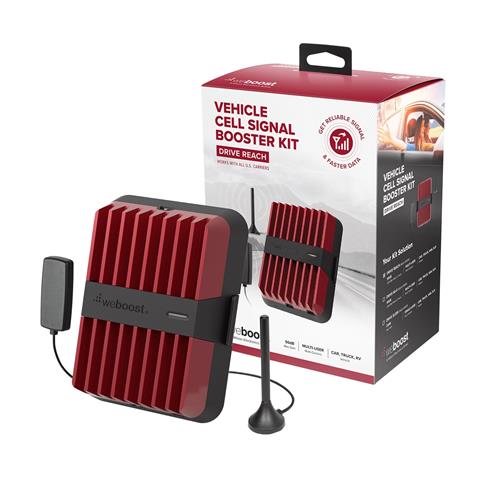
The new Drive Reach comes in with an easier install and lower profile antenna, and delivers LTE performance when you need it most. It’s also available in a fleet version. It’s great to see these two companies fighting it out for superiority in the mobile space because when they compete, you end up being the winner.

Not content to stay in the mobile space, weBoost showed the first revamp of its home line in years. The new Home MultiRoom delivers a booster that is –dare I say it– stylish, with flexible install options that you never had before. The bigger Home Complete really brings the power with industry-first RG11 cable standard. It delivers commercial-level performance with a booster that actually looks like a work of art.
So the odd part is…
When people think of cellular, they think of phones and they think of service. Many people thought this would be the “year of 5G” and it wasn’t. Many people thought this would be the year of the foldable phone and it wasn’t. And yet, it ended up being a year full of promise for us at Solid Signal, because we have the best cell booster lineup we’ve ever had. Go figure.





